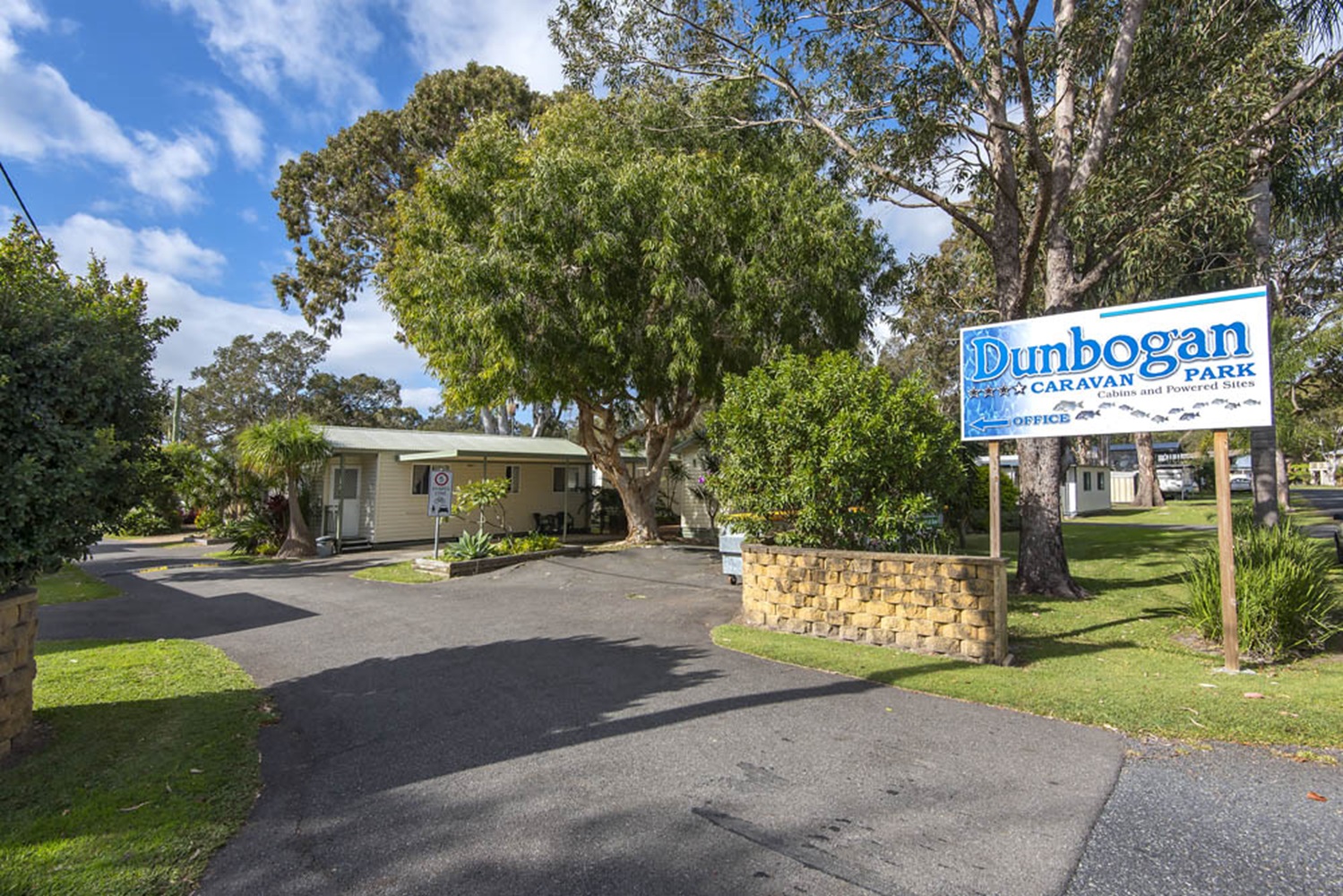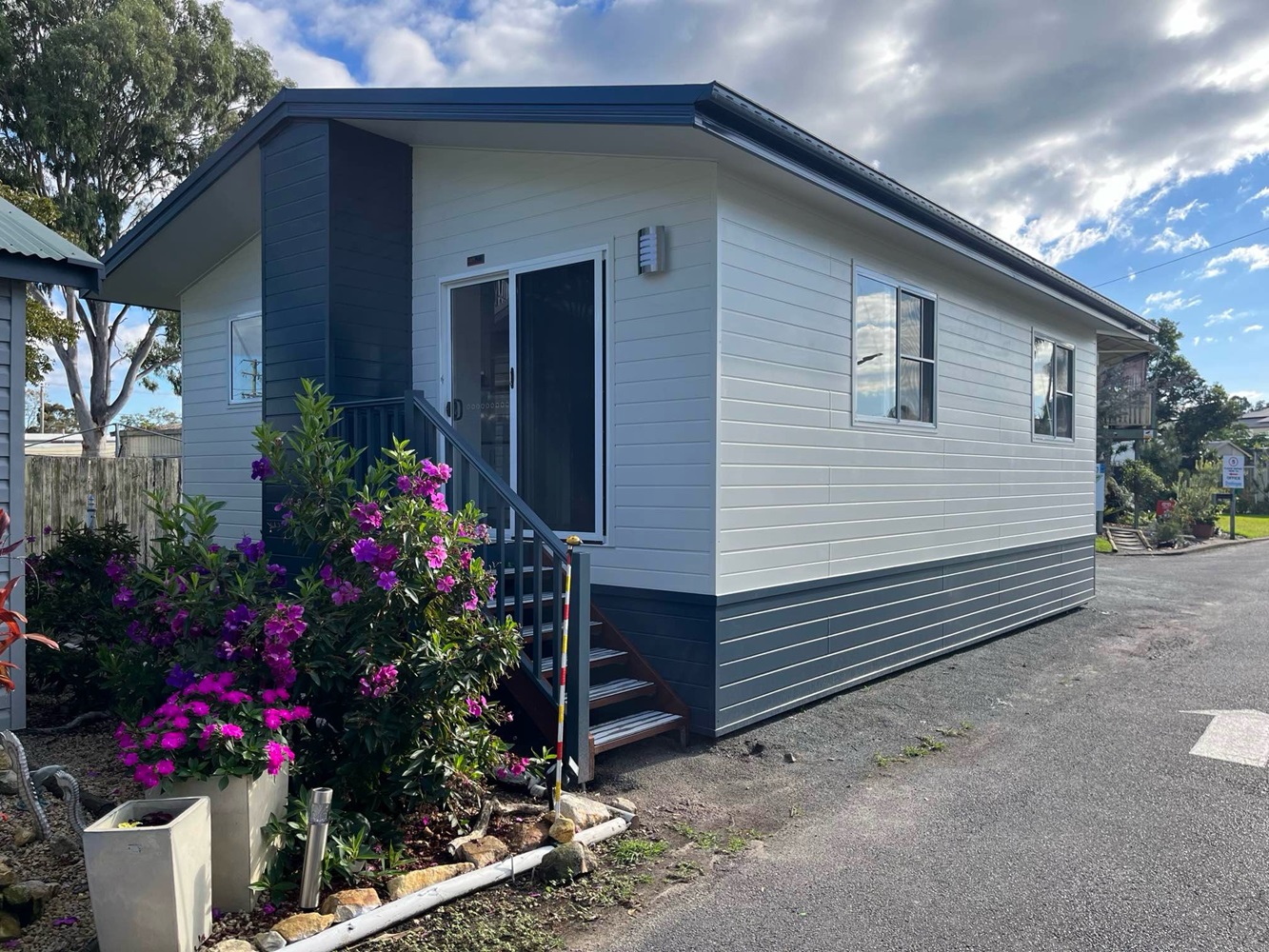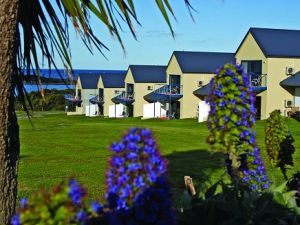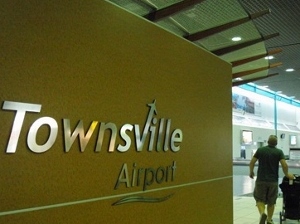
Dunbogan Caravan Park combats future floods with floating cabins
Groundbreaking innovation: Ritchie Villages designs amphibious cabins to prevent flood damage
After Dunbogan Caravan Park was impacted by major flooding in 2021, owner/operators Cicely Sylow and Stephen Ritchie knew that they would have to think outside the box to ensure that they could future-proof their park.
“In 2021, flood waters inundated all of our cabin accommodation as well as about half the permanent residences in our park,” Ms Sylow explained.
“The caravan park was built decades ago and the majority of the dwellings were installed prior to current day flood controls.”

In the aftermath of the floods and facing significant damage to a number of dwellings, Cicely and Stephen struggled to find a solution.
Our latest AccomNews print issue is available now. Read it HERE
“We did not know what to do in the early days, we could not afford to replace seven cabins in one go and were concerned about the cash flow impact of having no tourism cabins,” Ms Sylow said.
“We were also concerned about the effort to renovate the cabins once they had dried out as they would be just as susceptible to a flood.”
A conversation with a local who was helping the couple gut the damaged cabins would change everything.
“A gentleman named Bobby made an off-the-cuff remark that he had a draughtsman mate in Europe that had a design for a home that could float,” she said.
Knowing that serious weather events like floods are set to increase due to climate change, the idea of future-proofing their business with floating cabins sounded like the perfect solution.
But more importantly, an amphibious design would also allow for their cabins to remain accessible for all.
“Supporting our residents through the flood recovery was what really inspired us to seriously explore the floating option,” Ms Sylow said. “For example, we had one resident who was in her 80s and needed a walking frame to get around.

“Raising the home was not a safe option for her and repairing her home with flood resilient materials was not going to address the financial and emotional impact that another flood event would have on her.”
“Her situation was representative of most of the residents in our park: mobility and accessibility is a key necessity of a lot of our users, including holiday makers that visit us, and the dwelling, a key asset, still needed a greater degree of protection from a flood.”
When Cicely and Stephen weren’t able to connect with Bobby’s friend in Europe, they began to research flood resilient buildings in Australia.
“I kept coming back to the large-scale works by James Davidson from JDA Co, who has done a lot of flood resilience work on homes in flood prone areas for Brisbane City Council and Gold Coast City Council,” Ms Sylow said.
“We ultimately decided to use these guides and principles (which are publicly available) to renovate our cabins as we needed these operational asap from a cash flow perspective. The repaired cabins we have on site can now be inundated and the repair from any future flood will be much less onerous.
“However, we kept running with the concept of an amphibious dwelling and started the process to bring this to life, working with James Davidson and his team, engineers, our local council, and then a prefab builder and pontoon manufacturer.”
The final design is a dwelling installed on a pontoon base with guide piles so it does not sway during flotation.

This design would ensure the cabins remain accessible for all tourists and residents, and in the event of a flood, the park could return to normal operations in a matter of days as opposed to months or even years.
Amphibious cabin receives industry attention
Their innovative design was recently recognised with the Gerry Ryan OAM Innovation Award at the National Caravan Industry Conference. Ms Sylow said they were “extremely honoured” to have received the award and have their work recognised.
“It took us three years to convert a thought into a physical dwelling installed on site – it was no mean feat,” she said. “To have been recognised for the determination this took is a great honour.”
Looking to the future, Ms Sylow hopes to see the industry embrace amphibious cabins as a viable solution to extreme weather events.
“Globally communities are needing to work out how to respond to the increased intensity of climate, like flooding, on our lives and livelihoods, and this design is a very viable option,” she said.
“We are keen to see more amphibious dwellings installed so that communities can continue to thrive and flood liable land used sustainably.”
“We are continuing to work with insurers, various local councils and state government to drive change in this area and warmly welcome contact from people interested in this design and who wish to consider options for their communities and how we can help them achieve their goals.”
Sarah is a freelance journalist with experience across print, digital and audio. After working for Multimedia Publishing as a contributing writer, she has recently joined the team in a part-time capacity for School News AU and AccomNews.




